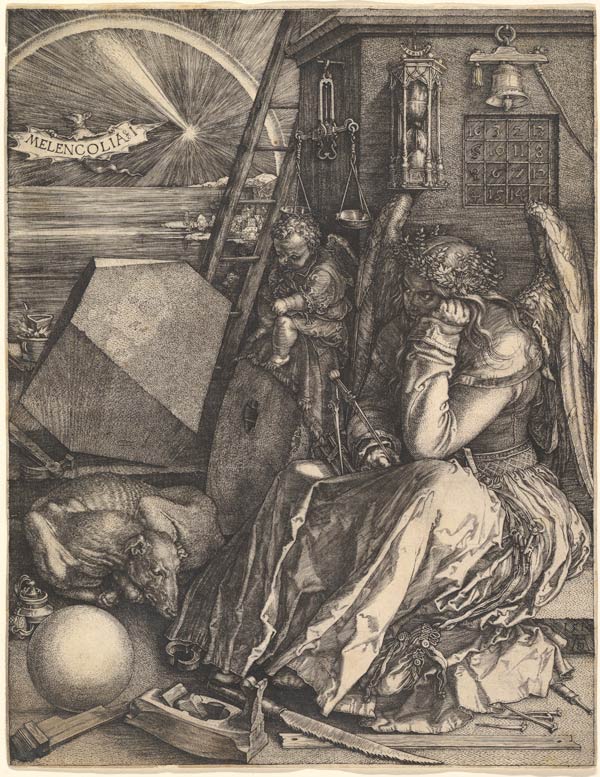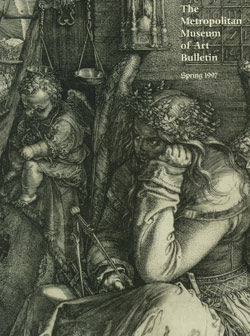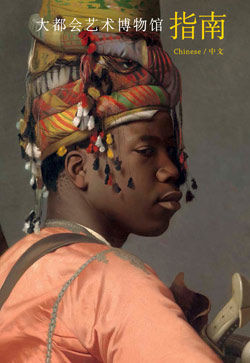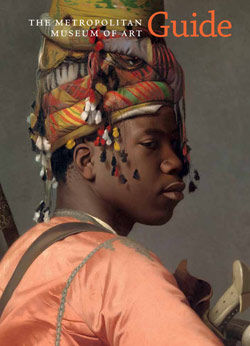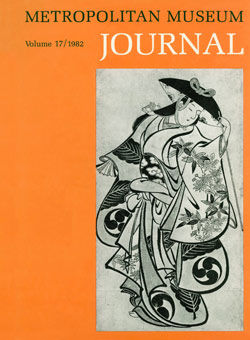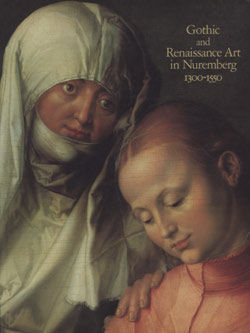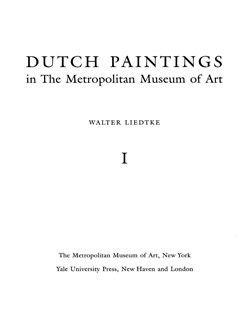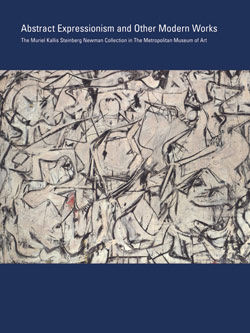Melencolia I
Albrecht Dürer German
Not on view
Dürer's Melencolia I is one of three large prints of 1513 and 1514 known as his Meisterstiche (master engravings). The other two are Knight, Death, and the Devil (43.106.2) and Saint Jerome in His Study (19.73.68). The three are in no way a series, but they do correspond to the three kinds of virtue in medieval scholasticism--moral, theological, and intellectual--and they embody the complexity of Dürer's thought and that of his age.
Melencolia I is a depiction of the intellectual situation of the artist and is thus, by extension, a spiritual self-portrait of Dürer. In medieval philosophy each individual was thought to be dominated by one of the four humors; melancholy, associated with black gall, was the least desirable of the four, and melancholics were considered the most likely to succumb to insanity. Renaissance thought, however, also linked melancholy with creative genius; thus, at the same time that this idea changed the status of this humor, it made the self-conscious artist aware that his gift came with terrible risks.
The winged personification of Melancholy, seated dejectedly with her head resting on her hand, holds a caliper and is surrounded by other tools associated with geometry, the one of the seven liberal arts that underlies artistic creation--and the one through which Dürer, probably more than most artists, hoped to approach perfection in his own work. An influential treatise, the De Occulta Philosophia of Cornelius Agrippa of Nettesheim, almost certainly known to Dürer, probably holds the explanation for the number I in the title: creativity in the arts was the realm of the imagination, considered the first and lowest in the hierarchy of the three categories of genius. The next was the realm of reason, and the highest the realm of spirit. It is ironic that this image of the artist paralyzed and powerless exemplifies Dürer's own artistic power at its superlative height.
Due to rights restrictions, this image cannot be enlarged, viewed at full screen, or downloaded.
This artwork is meant to be viewed from right to left. Scroll left to view more.





